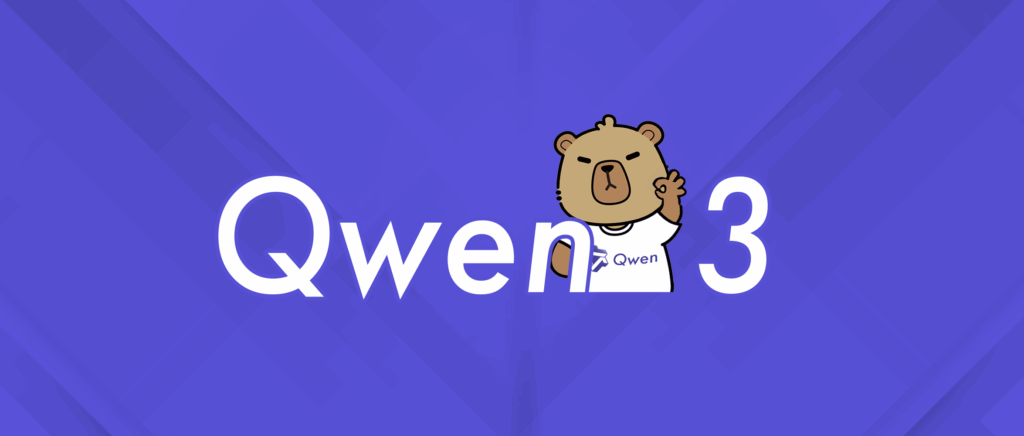
At DevPro AI, we’re excited to announce the arrival of Qwen3, the latest open-source language model from Alibaba that landed on 29 April 2025. Built under an Apache 2.0 licence and released with fully accessible weights, Qwen3 represents a major step forward for anyone keen to run powerful AI workloads on local hardware, from laptops to on-premise servers.
Key Features of Qwen3
- Massive Context Windows: Dense models up to 32 billion parameters support 128 K tokens, while smaller models offer 32 K tokens—ideal for long-form content, codebases, or multi-document reasoning Qwen.
- Massive Context Windows: Dense models up to 32 billion parameters support 128 K tokens, while smaller models offer 32 K tokens—ideal for long-form content, codebases, or multi-document reasoning.
- Multilingual Reach: Out of the box, Qwen3 handles 119 languages and dialects—from English, Chinese, and Arabic to Swahili and Tok Pisin—opening doors for global applications.
- Efficient Mixture-of-Experts (MoE): Two open-weight MoE variants—Qwen3-30B-A3B (30 B total, 3 B active) and Qwen3-235B-A22B (235 B total, 22 B active)—deliver top-tier reasoning at a fraction of the compute cost compared to fully dense rivals.
How Qwen3 Stacks Up
In benchmark evaluations, Qwen3’s flagship MoE model (235 B/22 B) matches or outperforms established competitors such as DeepSeek-R1, OpenAI’s o1 and o3-mini, Grok-3, and Google’s Gemini-2.5-Pro Qwen. Meanwhile, the smaller MoE variant (30 B/3 B) handily beats Qwen2.5’s 32 B dense model, despite using ten times fewer activated parameters Qwen. Even Qwen3’s mid-sized dense models (4 B–32 B) rival or surpass their Qwen2.5 predecessors at equivalent or larger scales—evidence of architectural and data‐efficiency improvements Qwen. According to TechCrunch, these gains allow Qwen3 to “match and, in some cases, outperform the best models available from Google and OpenAI” TechCrunch.
Running Qwen3 Locally
For teams and individuals keen on private inference or low-latency edge deployments, Qwen3 supports a rich eco-system of local runtimes. Official guidance recommends vLLM or SGLang for server-style APIs, while Ollama, LMStudio, MLX, llama.cpp, and KTransformers make it straightforward to spin up the model on macOS, Linux or even Windows boxes without cloud dependencies Qwen.
Global Response
Within hours of its open-source release, Qwen3 garnered coverage from Reuters, which highlighted its “hybrid reasoning capabilities” and the intensified AI arms race in China, pitting Alibaba against DeepSeek and Baidu Reuters. VentureBeat noted that publishing open weights under an Apache 2.0 licence “lowers barriers for researchers, developers, and organisations,” signalling a shift towards more democratised AI innovation VentureBeat. Across developer forums and social media, early adopters have praised Qwen3’s balance of performance, efficiency and ease of deployment—especially applauding the MoE models’ cost-saving potential.
What This Means for Australian AI
For DevPro AI and the broader Aussie tech community, Qwen3’s arrival is a game-changer. We can now prototype advanced chatbots, document-analysis tools, or STEM-focused agents entirely on-premise, ensuring data sovereignty and predictable costs. With local hardware running a 14 B or 30 B Qwen3 model, startups and enterprise teams alike can experiment with state-of-the-art LLMs without needing mega-GPU clusters.
Looking ahead, DevPro AI will be exploring Qwen3’s agentic capabilities—integrating MCP and tool-calling via Qwen-Agent—to build smart assistants that think deeply when needed and deliver rapid answers elsewhere. We invite fellow Australian developers, researchers and enterprises to dive in, contribute to the Qwen community on GitHub, and push the envelope of what open source AI can achieve locally.